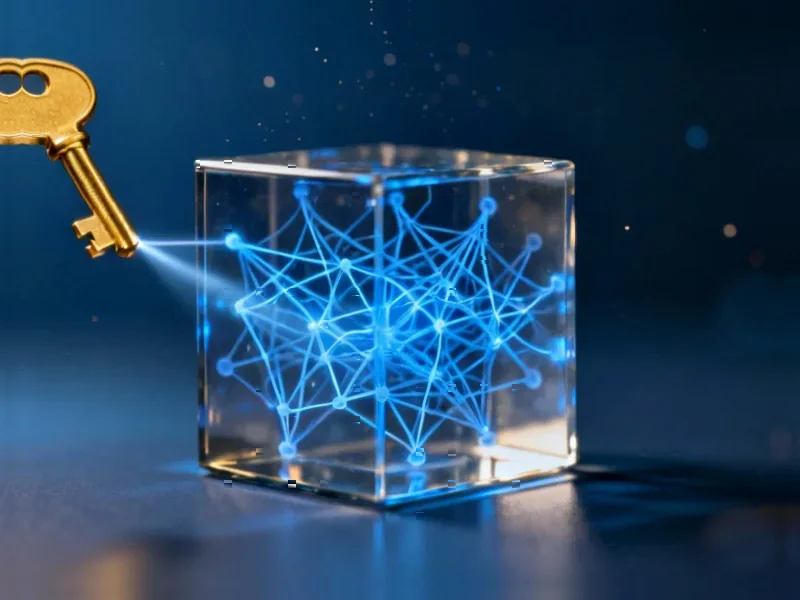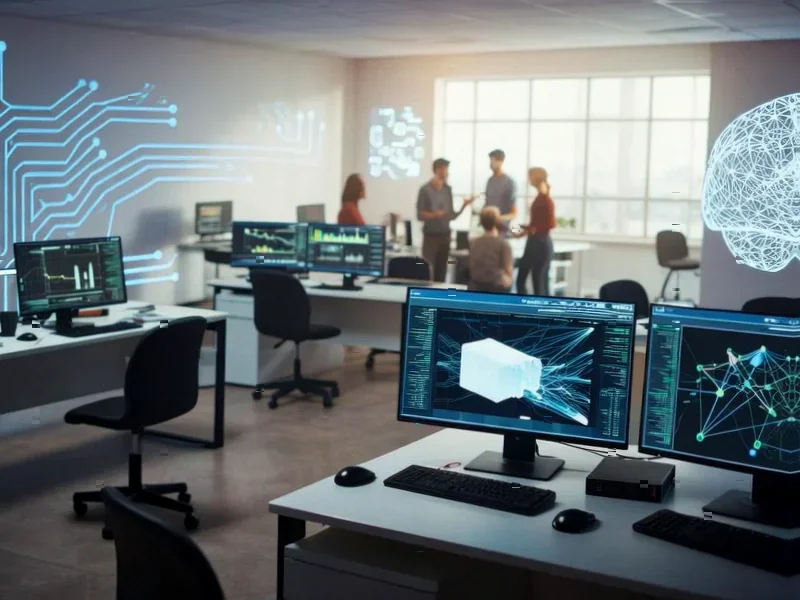According to Fast Company, AI in video production sits somewhere between extreme predictions of total human replacement and complete irrelevance. The technology is already changing how video gets made by speeding up tedious tasks, unlocking new creative possibilities, and putting production tools in the hands of people who previously lacked access. AI tools can currently stitch together clips, remove silences, auto-caption content, and surface highlight reels. In specific scenarios like creating social media snippets or trimming long webinars, AI can deliver results surprisingly close to what a junior editor might produce. Today’s tools can even generate entirely new clips, potentially replacing the need for live filming in some cases.
The Reality Check
Here‘s the thing about AI replacing human editors: it’s basically automating the boring parts of the job. Removing silences? Auto-captioning? These are tasks that most editors would happily delegate to a machine. But creative storytelling? That’s a whole different ballgame.
I’ve seen enough AI-generated content to know there’s a certain… soullessness to it. The technology can follow rules and patterns, but it struggles with emotional nuance and the kind of intuitive pacing that makes videos actually compelling. Think about your favorite movie scenes or YouTube videos – what makes them memorable usually isn’t technical perfection, it’s the human touch.
Where AI Actually Excels
Now, don’t get me wrong – AI is genuinely transformative for certain workflows. For content mills churning out social media clips or businesses needing to repurpose webinar content, these tools are game-changers. They can work 24/7 without getting bored or needing coffee breaks.
And the ability to generate new clips without filming? That’s potentially huge for things like training videos or placeholder content. But here’s the catch: the best results still require human oversight. Someone needs to guide the AI, make creative decisions, and ensure the final product actually serves its purpose.
The Human Edge
So what can humans do that AI can’t? Basically, everything that involves judgment, taste, and understanding context. An AI might perfectly trim a webinar, but can it recognize when an awkward pause actually adds dramatic effect? Can it understand cultural references or inside jokes that would resonate with a specific audience?
Look at it this way: AI is becoming an incredibly powerful assistant, but it’s not the creative director. The editors who embrace these tools as collaborators rather than replacements will likely come out ahead. They’ll be able to focus on the creative work that actually matters while letting the machine handle the grunt work.
The future isn’t about AI versus humans – it’s about humans using AI to do better work. And honestly, that’s a future worth getting excited about.




